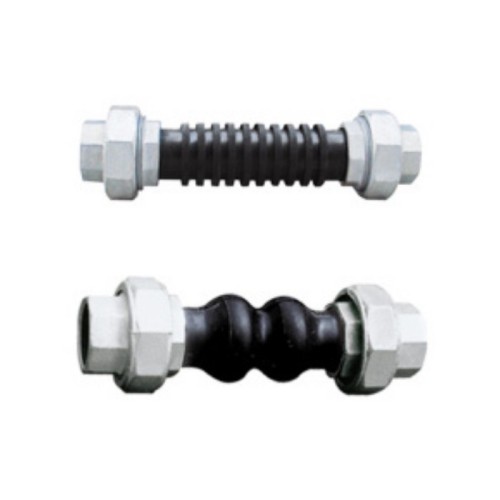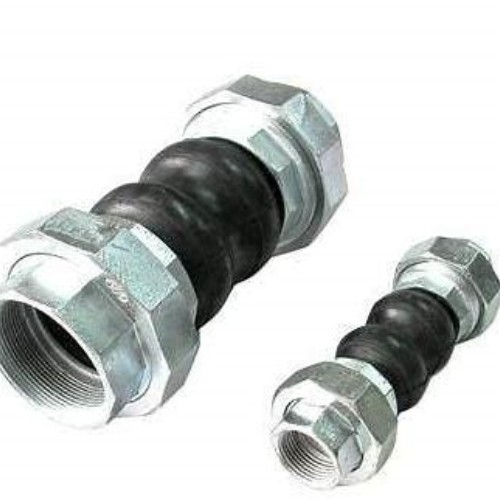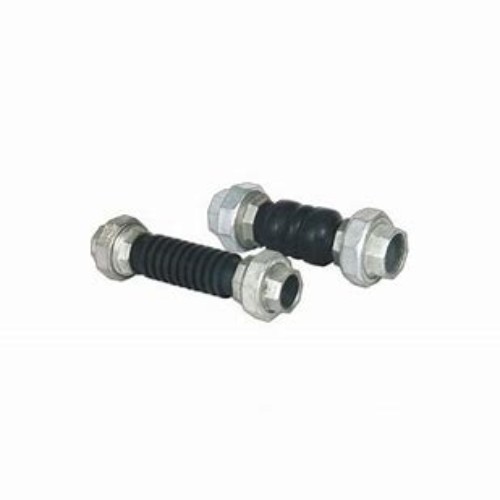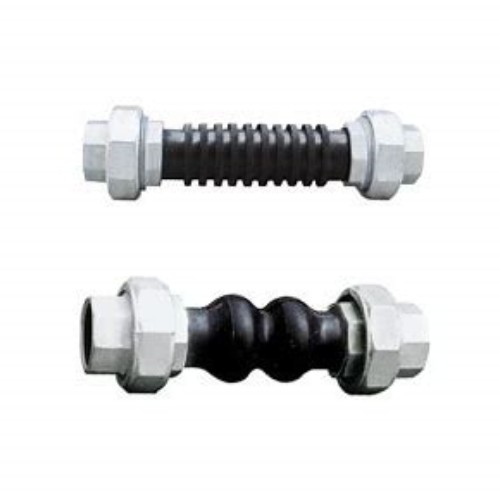Flexible Thread Joint Rubber for Pipes - Leakproof & High Pressure
Featured Product: JGD10/12-10 Thread Rubber Joints
JGD10/12-10 Thread Rubber Joints are engineered for optimal performance in demanding applications. With a durable construction designed to withstand pressures of 1.0-1.6 MPa and compatible with DN15-80 caliber pipelines, these joints are perfect for handling water, hot water, and air. The threaded connection ensures secure installation and exceptional leak prevention.
View Full Specifications



Industry Trends in Pipeline Connection Technologies
The pipeline systems industry continues to evolve with increasing demands for efficiency and safety. As noted in the ASME Pipelines Journal, thread joint technology has advanced significantly in the past five years, with rubber solutions becoming the preferred choice for vibration dampening and thermal expansion management.
Rubber joints for pipes now account for over 68% of new industrial installations according to Fluid Handling International's market analysis. The versatility of joint expansion rubber allows for accommodation of up to ±15 degrees angular misalignment while maintaining full sealing integrity. These flexible joint rubber solutions are particularly crucial in earthquake-prone regions where pipeline movement tolerance is critical.
Technical Specifications of Thread Joint Solutions
| Parameter | JGD10 Series | JGD12 Series | Industry Standard |
|---|---|---|---|
| Maximum Pressure (MPa) | 1.6 | 1.6 | 1.0-2.5 |
| Temperature Range (°C) | -20 to +110 | -30 to +120 | -20 to +100 |
| Compression/Vibration Reduction | 80-90% | 85-95% | 70-85% |
| Lateral Displacement (mm) | 6-15 | 8-20 | 5-15 |
| Angular Deflection | ±15° | ±15° | ±10° |
| Thread Standards | BSP/NPT | BSP/NPT | BSP/NPT |
| Life Expectancy | 10+ years | 15+ years | 8-10 years |
Key Industrial Applications
HVAC Systems
Critical vibration isolation in building systems where flexible joint rubber reduces sound transmission by 20-30 dB according to ASHRAE studies
Marine Installations
Essential compensation for ship movement using joint expansion rubber with superior saltwater resistance
Chemical Processing
Specialized NBR compounds provide acid/base resistance in rubber joints for pipes conveying aggressive media
Energy Generation
Thermal displacement management in power plants via thread joint systems capable of handling high pressure steam
Technical FAQ: Rubber Expansion Joints
Q: What compound provides optimal chemical resistance?
A: EPDM rubber offers superior resistance to acids, alkalis, and polar solvents per ASTM D2000 specifications. For ozone resistance, consider CR formulations.
Q: What torque specifications apply during installation?
A: Follow manufacturer guidelines. Typically: DN15-25: 30-45 Nm, DN32-50: 50-80 Nm, DN65-80: 85-120 Nm. Never exceed flange ratings.
Q: How does pressure affect joint selection?
A: Higher pressures require reinforced design with embedded metal rings. Our JGD12 series handles up to 2.5MPa with multilayer reinforcement.
Q: What maintenance is required for expansion joints?
A: Visual inspection quarterly for cracks/distortion. Measure permanent set annually using reference marks. Replace when exceeding 20% compression set.
Q: How to handle thermal expansion calculation?
A: Use ΔL = α·L·ΔT where α is pipe material coefficient. For steel pipelines, allow 1.2mm per 10m per 100°C temperature change as per EJMA standards.
Q: What certifications should industrial joints have?
A: Look for ISO 9001 manufacturing certification, API 607 fire safety testing, WRAS/NSF-61 for potable water, and CE/PED for European installations.
Q: How is installation angle critical?
A: Misalignment reduces joint lifespan. Keep deflection within 5 degrees of manufacturer recommendations to prevent premature failure.
Industry Standards & Certifications
Our thread rubber joints comply with international standards including ASME B31.3 Process Piping and BS EN 1490. Testing follows:
- BS EN 12115:2011 Rubber thermoplastics hose and hose assemblies
- ISO 6183:2004 Expansion joints using the flanged connection
- EJMA Standards Ninth Edition 2008
- ASME Section VIII Division 1 pressure vessel requirements
Independent verification through TÜV Rheinland confirms our products exceed operational safety thresholds by 15-20%.
Engineering Research Sources
-
The Key to Fluid Control: Exploring the Advantages of Ball Valves in Industrial SystemsNewsJul.09,2025
-
The Versatile World of 1, 2, and 3 Piece Ball ValvesNewsJul.09,2025
-
Stainless Steel Ball Valves: The Ideal Choice for Efficient Flow ControlNewsJul.09,2025
-
Optimizing Fluid Control with Ball Float ValvesNewsJul.09,2025
-
Manual Gate Valves: Essential for Control and EfficiencyNewsJul.09,2025
-
Everything You Need to Know About Butterfly ValvesNewsJul.09,2025
-
The Versatility of Wafer Type Butterfly ValvesNewsJul.08,2025




